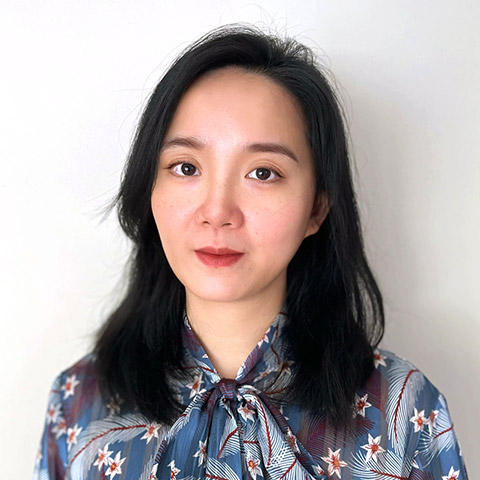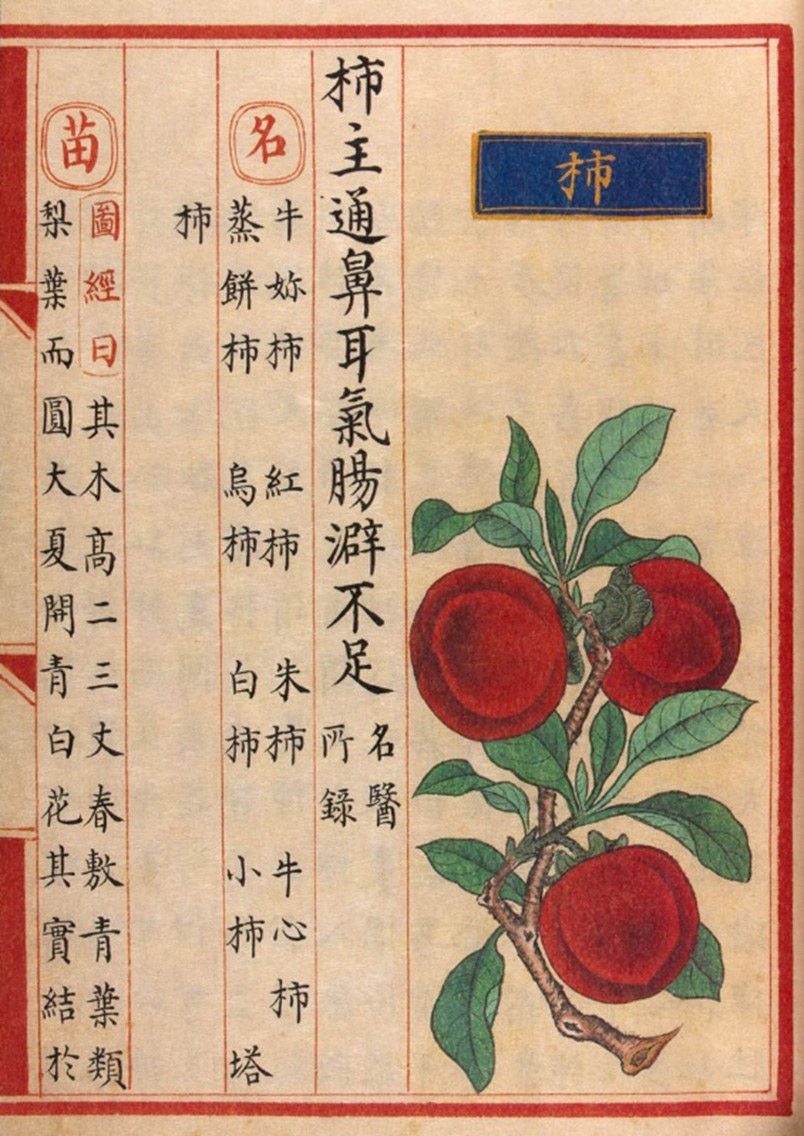
to top

Thesis Topic
In the Ming dynasty of China (1368–1644), dozens of illustrated materia medica (bencao) works were produced under a variety of social and cultural circumstances. This dissertation investigates how this significant yet overlooked pictorial subject, “materia medica,” served distinct political, cultural, and commercial agendas in Ming China. In particular, it considers how the creation, proliferation, and consumption of materia medica images expanded Ming art in terms of pictorial subjects, painting styles, and social functions.
Through careful stylistic analysis of Ming court art and examinations of court records, the first case study demonstrates relationships between the court-produced treatise, Collections of Essential Materia Medica (Bencao pinhui jingyao), and the imperial tradition of establishing the public canon of medical knowledge. By exploring competitions and collaborations among different agents involved in its production, including court eunuch officials, painters, physicians, and the Grand Secretariate, this study sheds light on the complexity and diversity of Ming court culture and power dynamics.
From the late sixteenth through the mid-seventeenth century, the “golden age” of commercial printing and publications in historical China, illustrated materia medica books made of woodblock prints burgeoned. The second case study starts with a systematic survey of their pictorial contents and styles. Comparisons of mise en texte across a variety of books, including Catalogue of Wild Greens (Yecai pu) and Compilations of Edible Plants (Rucao bian), show how printed materia medica images served diversified groups of audiences. This chapter contextualizes their roles in the construction and dissemination of intellectual knowledge in a variety of scholarly practices, including the cultivation of an ideal lifestyle, and philological studies of Confucian classics.
Inspired by the tradition of hand-illustrated materia medica treatises and the proliferation of printed books, cultural elites in the seventeenth-century Jiangnan area actively participated in making, circulating, and collecting materia medica images. With a focus on the intersection of gender and social class, the third case study considers materia medica images painted by the prominent women, Wen Shu (1595–1634), and the sisters Zhou Shuxi (1624–ca.1705) and Zhou Shuhu (act.mid–17th century). They copied the court-produced Collection in their artwork – Depictions of Metals, Minerals, Insects, and Plants (Jinshi kunchong caomu zhuang) and Catalogue of Materia Medica Illustrations (Bencao tupu), and repurposed materia medica images into novel painting subjects. Differences in these two associated works also point to the varied interpretation of materia medica among late Ming cultural elites.
This interdisciplinary project is the first study on the reciprocal relationships between materia medica images and the network of visual culture, social dynamics, and intellectual traditions in Ming China. The dissertation builds up a picture showing a manifold society where the imperial court, the elite circle, and the commercial world confronted and converged with each other through the shared passion for materia medica. The exploration of the interconnections between the history of medicine and art history in the dissertation will enrich the existing body of knowledge on the cultural history of the Ming. The dissertation opens up new avenues for comparative studies between illustrated books and representations of natural species across different regions and periods.
